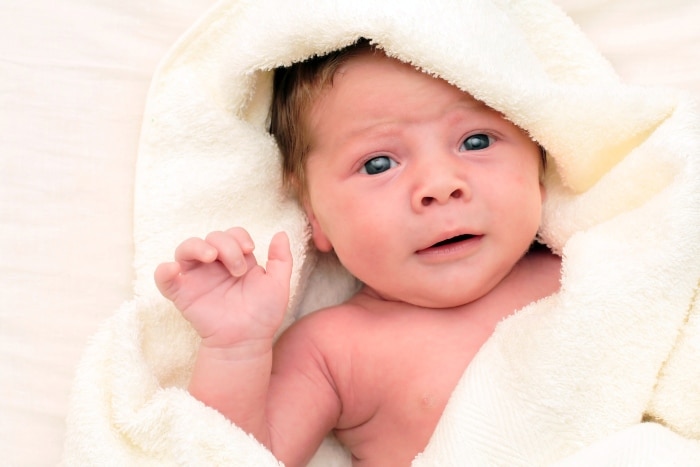Do you want to know how to spot the symptoms of RSV? Respiratory syncytial virus (RSV) is a common virus that can cause respiratory infections, especially in young children and older adults. Recognizing the symptoms of RSV is important for early diagnosis and treatment. Here are the typical symptoms of RSV:

Coughing
A persistent, often severe cough is a common symptom of RSV. The cough may be dry or produce mucus.
Congestion
Nasal congestion and a runny nose are often seen in RSV infections. The nasal discharge may be clear or thick and yellowish.
Fever
Many people with RSV infections develop a fever. It can range from mild to high, depending on the severity of the infection.
Sneezing
Like the common cold, RSV can cause sneezing.
Sore Throat
Some people with RSV may experience a sore throat.
Wheezing
Wheezing, which is a high-pitched whistling sound when breathing, can occur in some cases, especially in infants and young children.

Rapid Breathing
Infants and young children with RSV may have rapid or labored breathing. This can be a sign of a more severe infection.
Difficulty Breathing
In severe cases, RSV can cause difficulty breathing or shortness of breath, which may require immediate medical attention.
Decreased Appetite
Infants and young children with RSV may feed less than usual due to congestion and difficulty breathing.
Irritability
Infants and young children may be irritable, fussy, or have trouble sleeping due to discomfort.
Fatigue
RSV can cause fatigue and weakness, especially in older adults.
Bluish Skin
In severe cases, particularly in infants, the skin and lips may turn bluish due to a lack of oxygen. This is a medical emergency, and you should seek immediate medical attention.
Dehydration
Severe cases of RSV can lead to dehydration, which can be indicated by decreased urination, dry mouth, and sunken eyes.
Worsening of Pre-existing Conditions
People with pre-existing respiratory conditions, such as asthma or chronic obstructive pulmonary disease (COPD), may experience worsening of their symptoms.
It’s important to note that the severity of RSV symptoms can vary widely, from mild cold-like symptoms to more severe respiratory distress. In some cases, RSV can lead to bronchiolitis or pneumonia, which can be life-threatening, especially in infants and older adults.
If you or someone you know exhibits these symptoms, especially if there is difficulty breathing or bluish skin, seek medical attention promptly. RSV can be diagnosed through laboratory tests, and treatment may include supportive care such as hydration, oxygen therapy, and antiviral medications in severe cases. Preventive measures like good hand hygiene and avoiding close contact with sick individuals, especially for those at high risk (infants, older adults, and people with weakened immune systems), can help reduce the spread of RSV.








My friend’s child had RSV. It’s terrifying to see this in someone so young and helpless.
This can be terrifying to get. I am glad you listed symptoms so people can look for them.
This is very useful info. My daughter has 2 little ones and I can help her spot this.
I think this is really important. Everyone should know about all the signs of rsv.
In my area of the country, RSV cases are on the rise. This article will be useful to people who want to be safe and check out the syptoms.
It’s good to be aware of symptoms to look out for. It can be worrying when our little ones get ill.
Thankfully my kiddos never had RSV. But last year my friend’s daughter did which was extra scary because of covid
RSV is very scary! Thank you for helping to identify the signs and symptoms. This will help me and other parents to know when an ER visit is warranted!
Staying vigilant is always so important, so it’s excellent to know what to look out for and when to start worrying.
I will definitely be more careful with these signs from now on!
This is so important information for new mothers knowing the signs and when to call the dr.
Your article on spotting RSV symptoms is incredibly informative and well-structured. It provides a comprehensive list of symptoms and emphasizes the importance of seeking medical attention when necessary. This knowledge can be invaluable for readers concerned about RSV. Great job!
It’s one of the most interesting topics I’ve ever heard about! The information you provided is beneficial. Thanks for sharing it with me.
I have heard about the symptoms except for the bluish skin. Thanks for sharing all the facts. Kids getting sick is the last thing any parent would want.
I have heard of this in recent years but knew nothing about this when my kids were babies. It is very important to know what signs to look for as I would never play around if I thought in any way one of my babies had this. Thank you for educating.